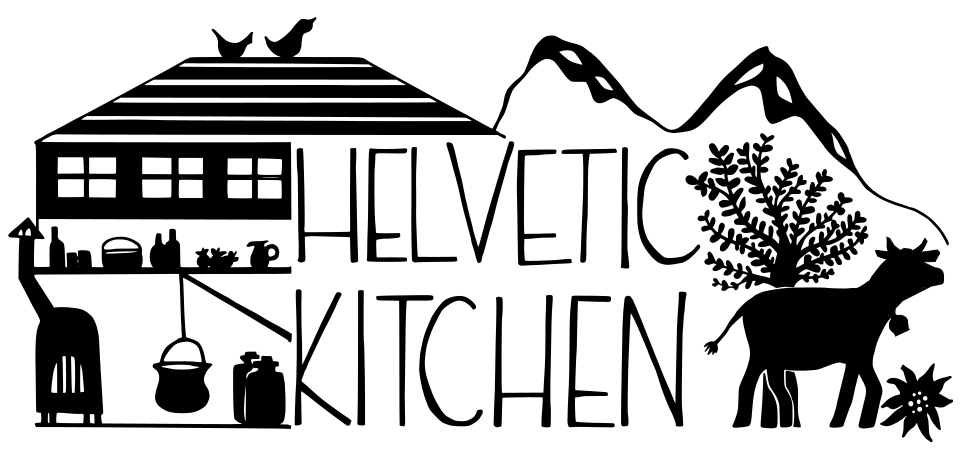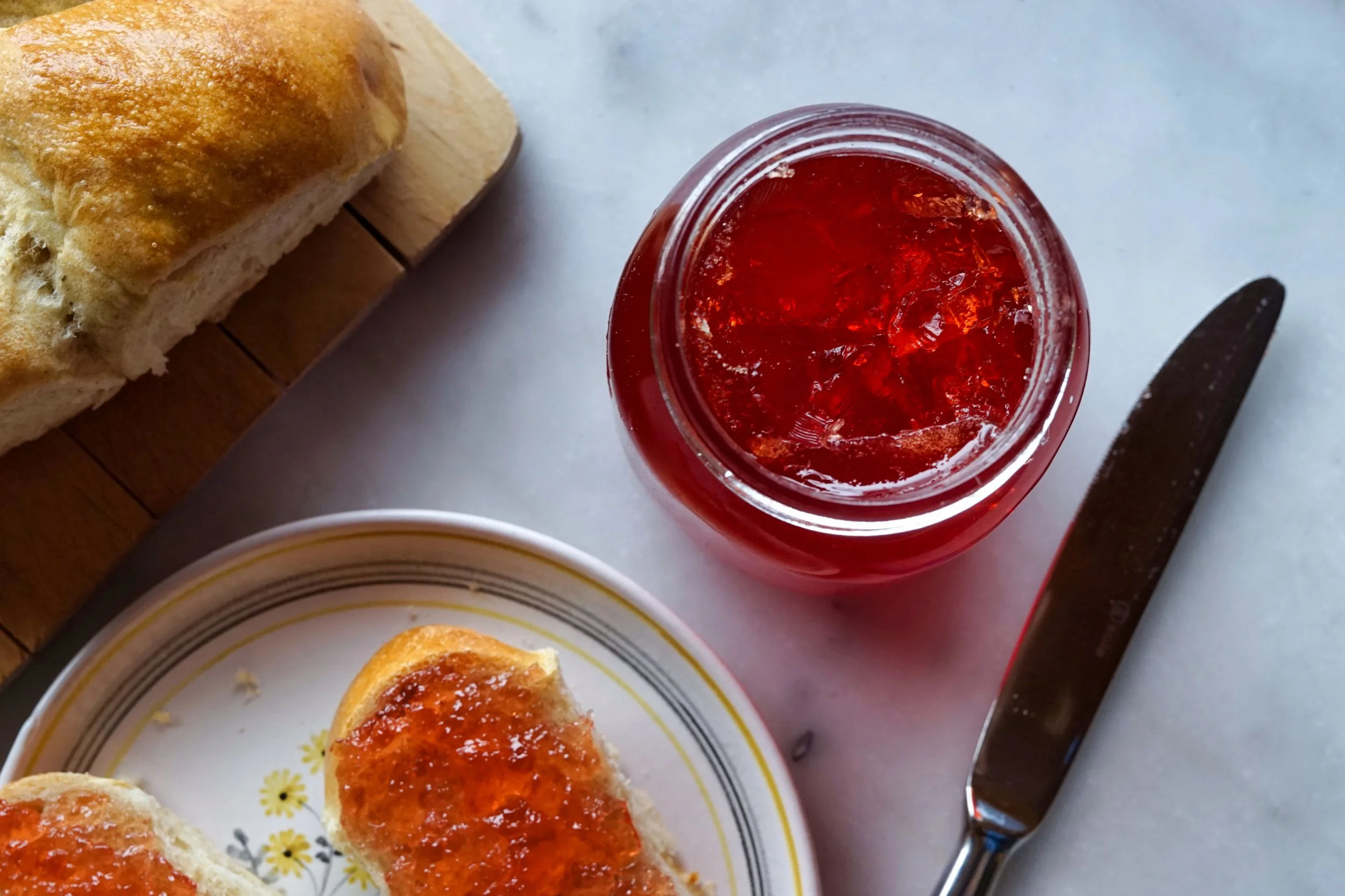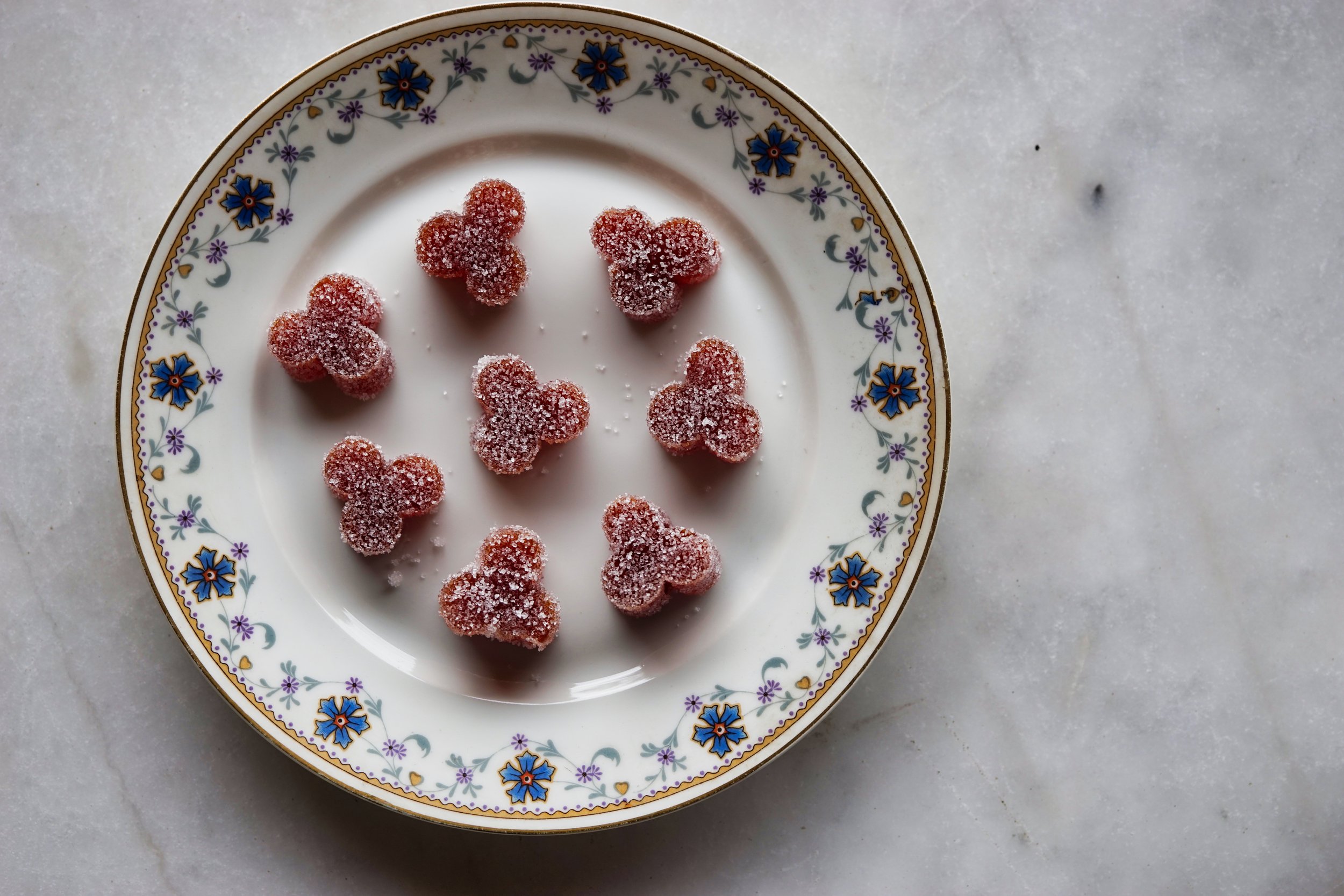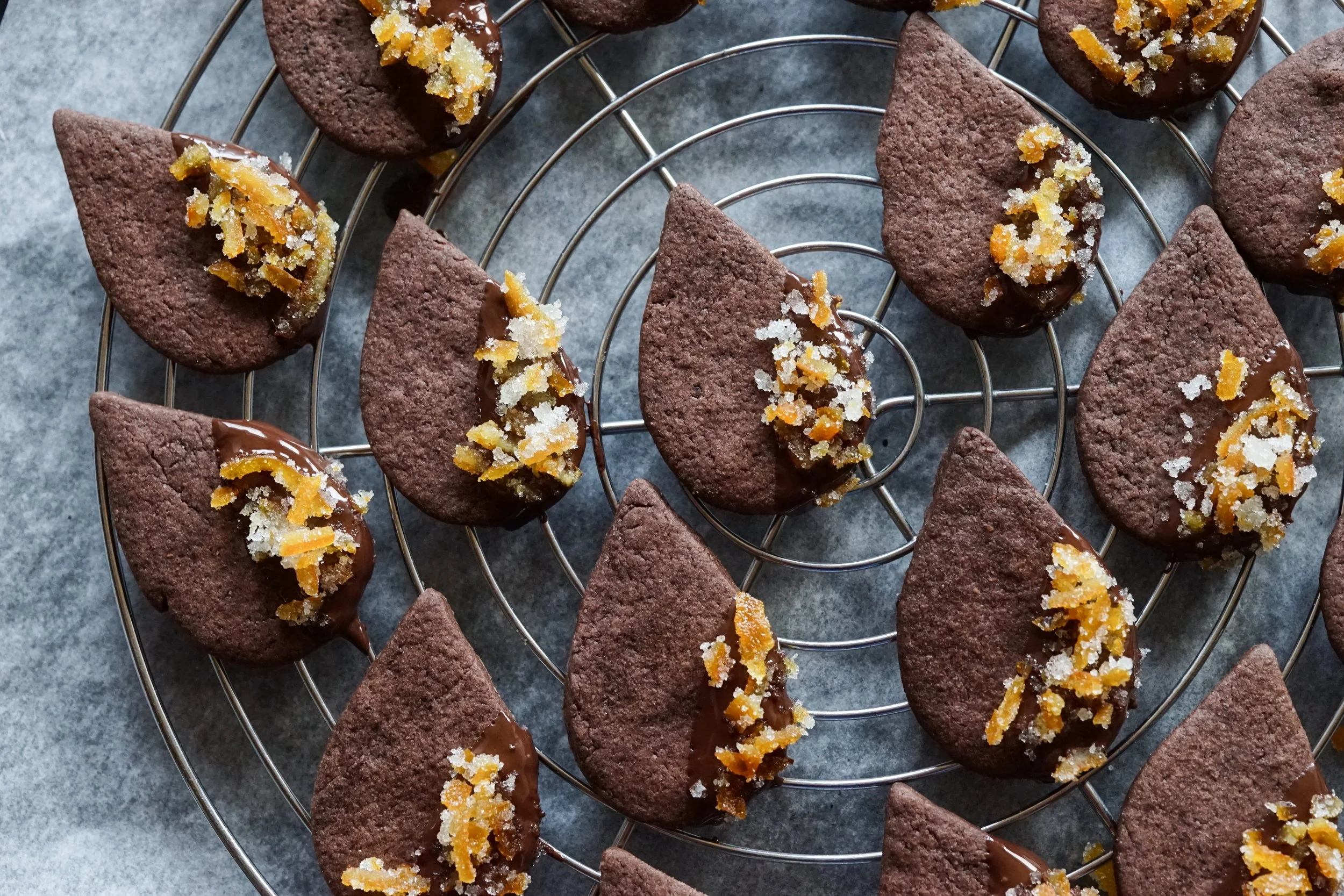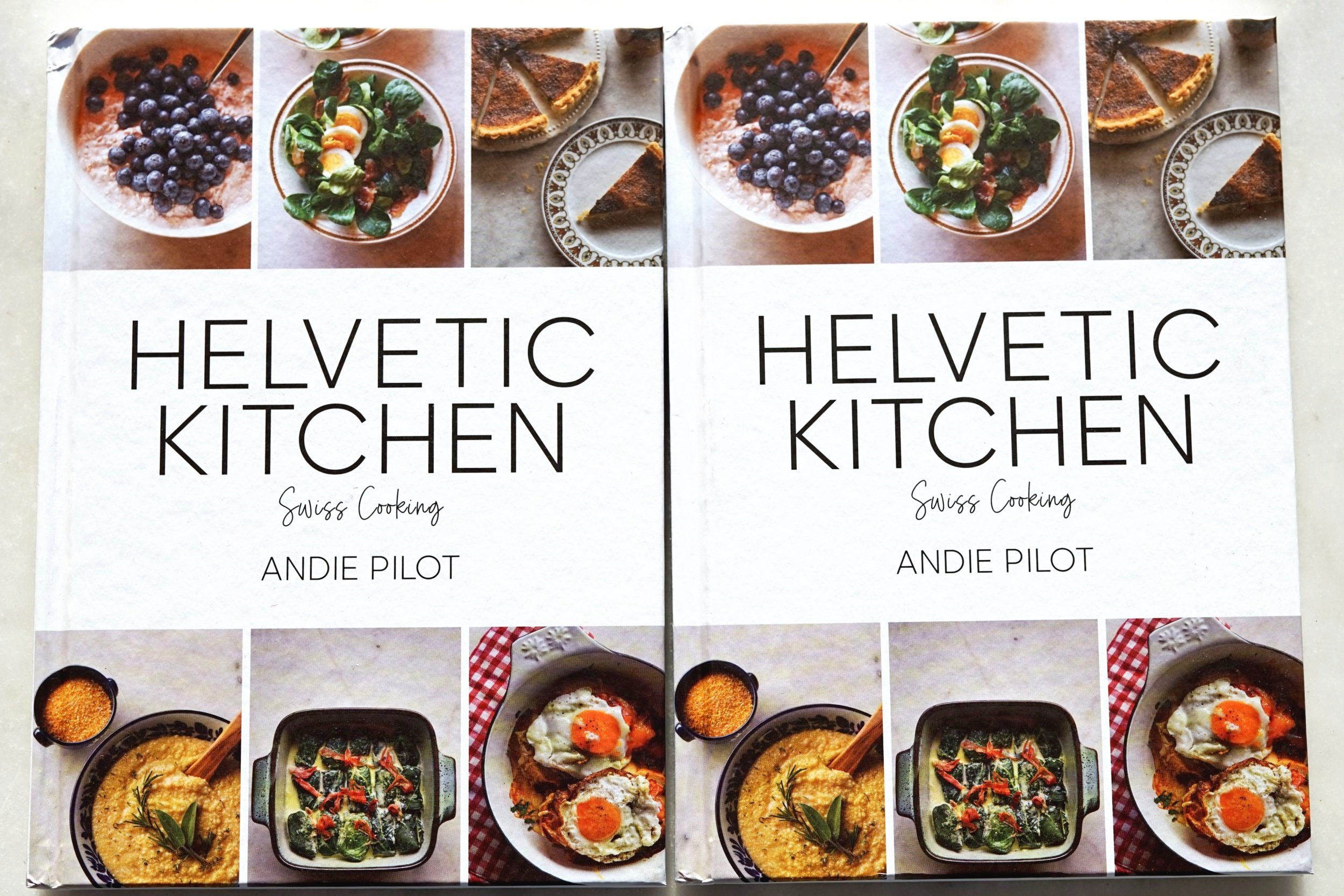Quince Jelly
In 2021 we harvested one single quince from our tree.
One.
To make our yearly Quittenpästli ration I had to bring in reinforcements from a local farm.
A much less aggressive pruning, plus a summer of fabulous fruit weather made for bumper crop this year. I’ve been processing the fruit for the last three weeks and I have come to love these furry weirdos more and more. There’s nothing better than that wonderful pink hue that appears as the flesh is cooked, or the wafting honey fragrance that greets you as you enter the kitchen.
The great food scientist Harold McGee is equally delighted by these chameleon fruits as he writes in On Food and Cooking:
On rare and wonderful occasions, cooking can actually create anthocyanins [red-purple plant pigments]: in fact, it turns touch into color! Colorless quince slices cooked in sugar syrup lose their astringency and develop a ruby-like colour and translucency.
He goes on to explain that quince have a richness in anthocynanin-like subunits. These break off during cooking (also helped by acidity in the form of a squeeze of lemon juice), then react with oxygen and create real anthocyanins, turning the fruit a shade of pink.
It’s what makes this jelly rosy.
There are many ways to process quince. In the last three weeks I have experimented with cooking them on the stove top, using a pressure cooker, or even baking them in the oven. All three methods worked well. What I found most useful was letting them sit overnight to develop their beautiful pink colour and, as Harold McGee suggests, adding a squeeze of lemon.
There are so many ways to do it, but this is the way that I found worked best (and I’ve laid out some alternatives below as well). If you want to check in with some other Swiss recipes, here are versions from Betty Bossi, swissmilk, and Migusto.
1 kg quince (approx)
400 g sugar (approx)
half a lemon (approx)
First, you need to prepare your quince:
Gently wash them and scrub off their furry coating. You don’t need to peel the quince, just cut away the core and any parts that are rotten or have black spots. Then chop them roughly and pop them in a large pot.
Add about 10 cm (4 inches) of water to the pot, enough so the quince won’t stick and burn, but not so much that they are completely covered.
Bring the water to a boil, and then turn the heat down to medium low and let the quince cook. Keep an eye on them and make sure they don’t stick to the bottom of the pan. If they start getting stuck, add a splash of water and stir well. Keep doing this for about 45 minutes, then check to see if they are softened.
Once they start breaking up, you can mash them a bit with a potato masher, then add a splash more water and cook a few minutes longer. Cover and let sit for up to 24 hours, or overnight.
The next day:
Heat up the quince mixture again, bringing to a boil and then simmering until the quince are heated through.
Place a metal strainer covered with a cheese cloth over a bowl. Add a little of the quince mixture at a time, letting the juice run through and then using a ladle to push some additional liquid through, scraping the bottom of the strainer with a spatula. Work quickly, as is much easier to do this while the quince is still warm (or just warm the mixture up again).
When the quince has been strained, rinse out your cooking pot and place it on a scale. Weigh out the quince juice (typically from around a kilo of quince you’ll get around 500 g quince juice).
Now it’s time for some basic math:
You want to add 80% sugar to the quince juice—so for 500 g quince add 400 g sugar. (Hint: just multiply the amount of quince juice by 0.8).
Then add a 1 tbsp lemon juice (approx 1 tbsp for every 500 g quince juice).
Bring to a boil and cook over medium high heat, stirring constantly, until it thickens up, about 15-20 minutes. If white residue develops on the surface of the liquid, use a spoon to skim this off.
At around the 15 minute mark, start checking to see if the jelly sets. You can do this by dripping some of the liquid on a cold plate—leave it for a minute, and if it is no longer liquid, then it has set.
Once it sets, ladle into hot sterilised jars and seal.
Pressure cooker method: follow the method above to prepare the quince, then place in a pressure cooker. Cook according to cooker instructions (I have a Kuhn Rikon Duromatic and I cooked the quince for 8 minutes on level 2). Once the cooking was finished, I just gave the whole pot a light shake and then let it sit overnight. I boiled the fruit again in the morning and then followed the straining process above.
Oven method: Wash and scrub, then place the whole fruits on a lined baking sheet. Bake in the oven for about 45 minutes at 180 C / 350 F / gas mark 4, or until soft to the touch and cooked through. Once they are cool enough to touch, place all the pulp in a large pot. Add enough water to loosen up the mixture (about 300 ml for 1 kg fruit), then let sit overnight. In the morning, bring the mixture to a boil, adding a little more water if necessary, then strain as above.
If you plan to store your jelly and keep it for more than a month, make sure to sterilise your jars and lids. I do this in the hot cycle of the dishwasher. (If you make a small batch, or plan to use it immediately, you just use a clean jar and keep it in the fridge.)
If your jelly doesn’t set, you can simply put it back in the pot and boil it some more to cook off some more liquid.
Ready for these jellies?
Quittenpästli

